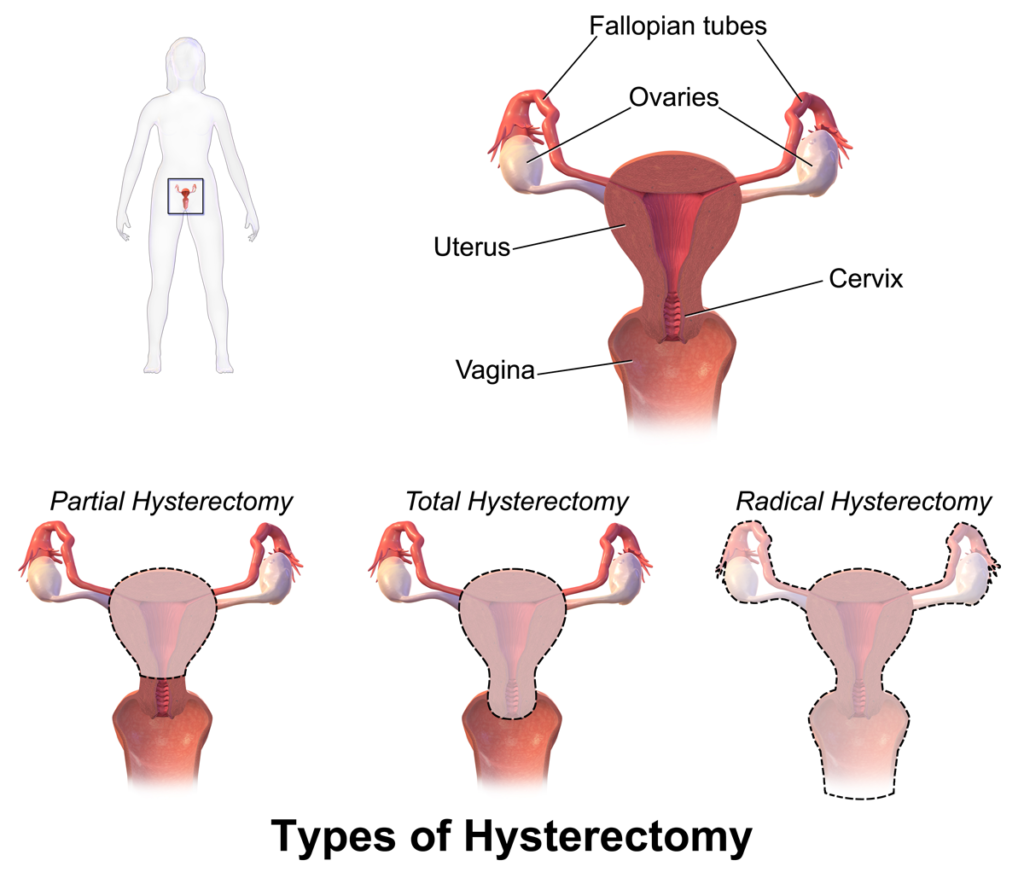Dr. Vivek Salunke is one of the best laparoscopic hysterectomy surgeons in India. He has over 25 years of experience in laparoscopy. At our treatment center we offer total care of the patient and have state of the art equipment like 3D laparoscopy.
Laparoscopic hysteroscopy is a procedure in which the patient’s womb (uterus) is removed surgically. The uterus is an important part of the female reproductive system where the fertilized egg develops and grows into a fetus (baby). Therefore after hysterectomy, pregnancy is not possible. Uterus removal surgery cost in India varies depending on a lot of factors. To get better knowledge about the operation as well as the costs associated with it, please call us or fill out the below form describing your problem.
